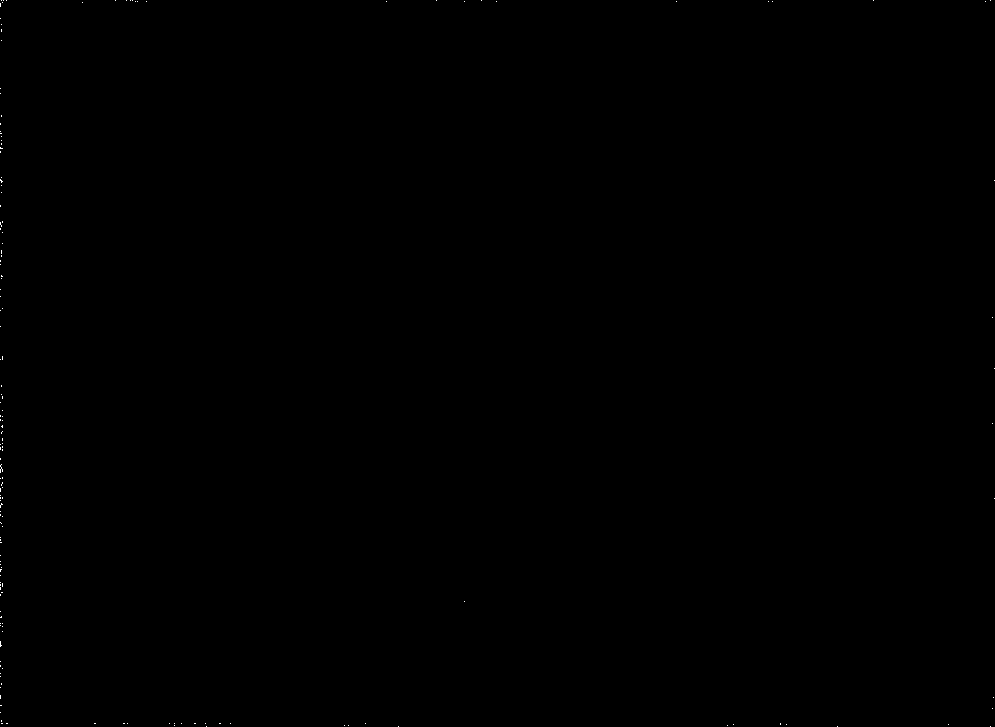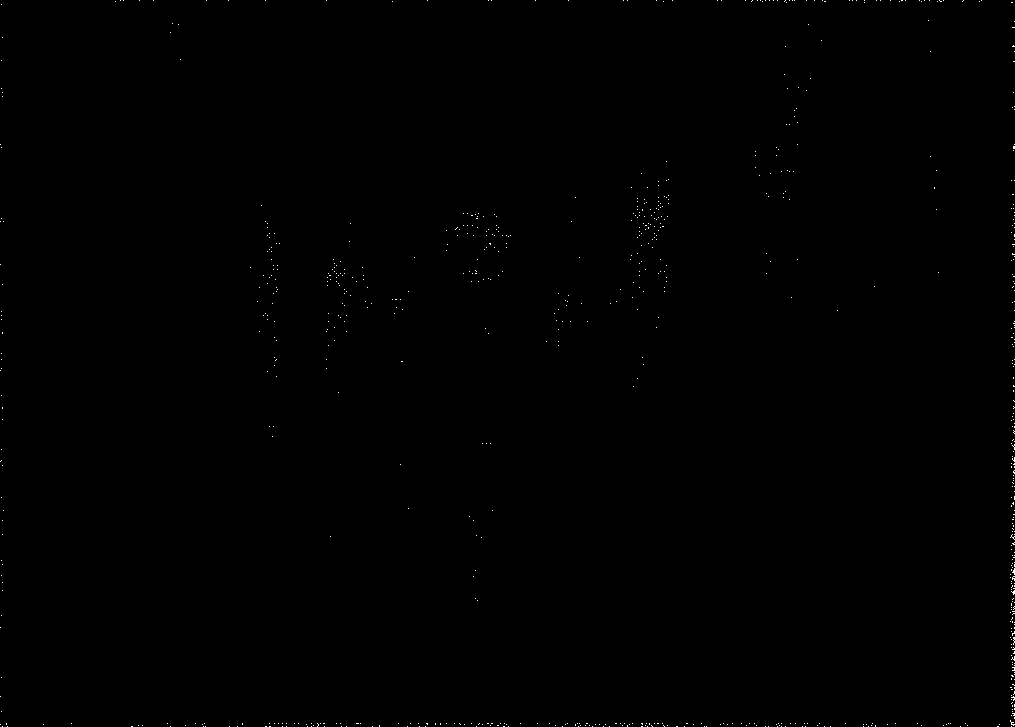Low-light-level image enhancement algorithm based on parabolic function
A parabolic function, image enhancement technology, applied in the field of image processing, can solve problems such as contrast reduction, large amount of calculation, color distortion, etc., to achieve the effect of improving brightness, fast running speed, and fast processing speed
- Summary
- Abstract
- Description
- Claims
- Application Information
AI Technical Summary
Problems solved by technology
Method used
Image
Examples
Embodiment Construction
[0020] In order to better understand the present invention, the parabolic function-based adaptive low-light image enhancement algorithm of the present invention will be described in more detail below in conjunction with specific embodiments. In the following description, detailed descriptions of currently existing prior art may obscure the subject matter of the present invention, and these descriptions will be ignored here.
[0021] figure 1 It is a flow chart of a specific embodiment of the self-adaptive low-illuminance image enhancement algorithm based on the parabolic function of the present invention. In this embodiment, proceed according to the following steps:
[0022] Step 1, image acquisition: capture a low-light image I through the imaging device, such as figure 2 shown;
[0023] Step 2, obtain the brightness component V: convert the image obtained in step 1 to the HSV color space, and obtain the maximum value of the RGB component for each pixel, and obtain the bri...
PUM
 Login to View More
Login to View More Abstract
Description
Claims
Application Information
 Login to View More
Login to View More - R&D
- Intellectual Property
- Life Sciences
- Materials
- Tech Scout
- Unparalleled Data Quality
- Higher Quality Content
- 60% Fewer Hallucinations
Browse by: Latest US Patents, China's latest patents, Technical Efficacy Thesaurus, Application Domain, Technology Topic, Popular Technical Reports.
© 2025 PatSnap. All rights reserved.Legal|Privacy policy|Modern Slavery Act Transparency Statement|Sitemap|About US| Contact US: help@patsnap.com



